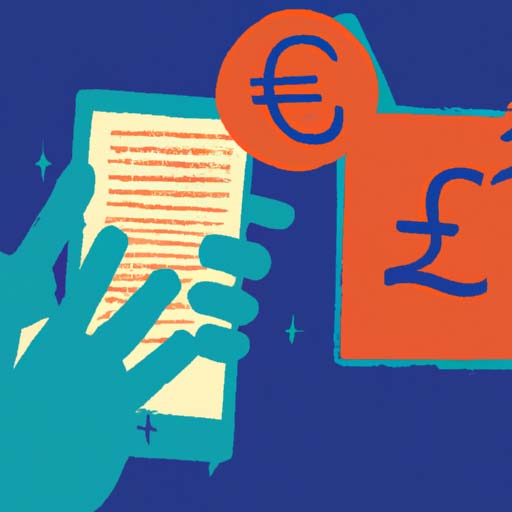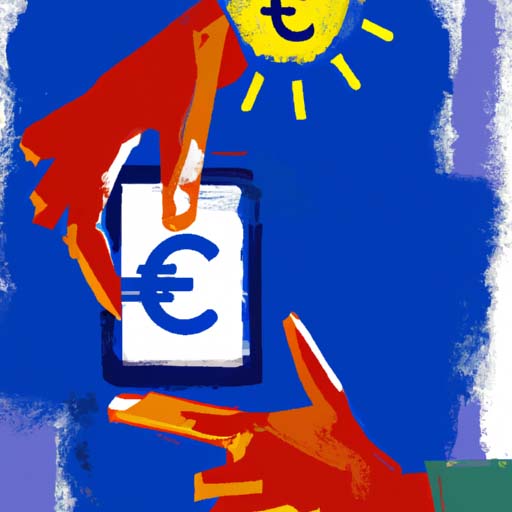TLDR: Secondary Market Seeing Rebound After Slowdown
- Payments giant Stripe valued at $65 billion in recent secondary deal.
- Secondary market picking up with increased activity and improving valuations.
The secondary market for startup investments is experiencing a rebound after a period of slowdown. Following an announcement by payments giant Stripe of a secondary deal that valued the company at $65 billion, investor interest in the secondary market has increased. Kevin Swan from Morgan Stanley noted a rise in activity and improved valuations, indicating a positive trend for the market. Factors contributing to this resurgence include a growing number of dedicated secondary funds, a favorable venture environment, and a plethora of strong mature companies available for investment.
Similar to the primary fundraising market, the startup secondary market can be influenced by market valuation corrections. While secondary transactions data can be challenging to track, there was a noticeable slowdown in the market after the first half of 2022. However, in the past few months, there has been a notable increase in secondary market activity as valuations have become more appealing to investors.
Industry experts believe that as primary markets show signs of returning, the secondary market is also gaining momentum. Companies are re-evaluating their valuations, leading to increased demand from investors. The secondary market provides an opportunity for investors to gain liquidity, especially in a time when exit options like IPOs and M&A activity have been subdued.
The influx of funds into the secondary market is another positive sign for its growth. With funds for secondary strategies across different asset classes reaching nearly $118 billion in the past year, more investors are exploring opportunities in the startup secondary market. Top-tier VC funds are looking to expand their ownership in portfolio companies through secondary investments, indicating a strong interest in this market segment.







